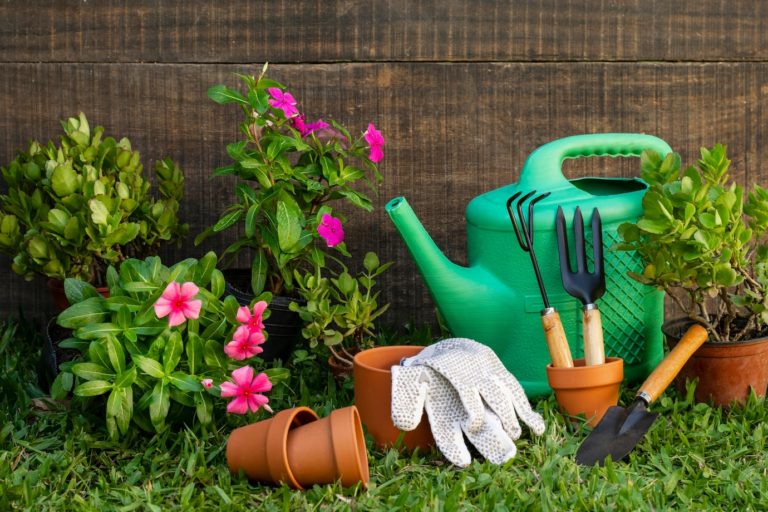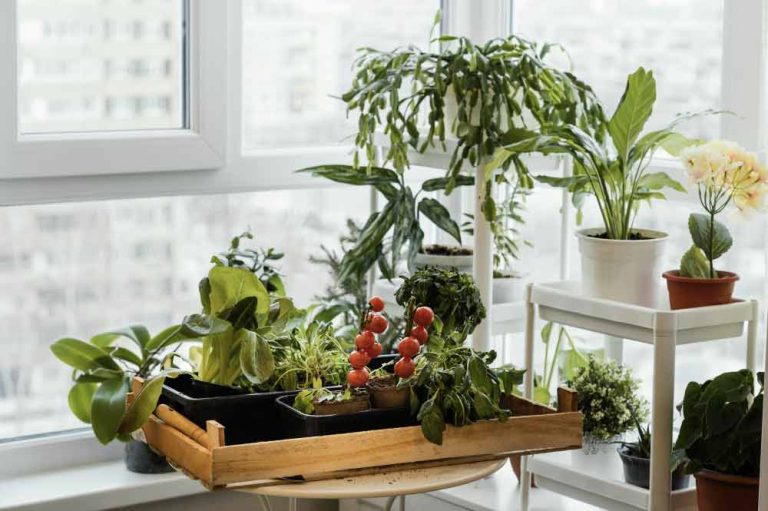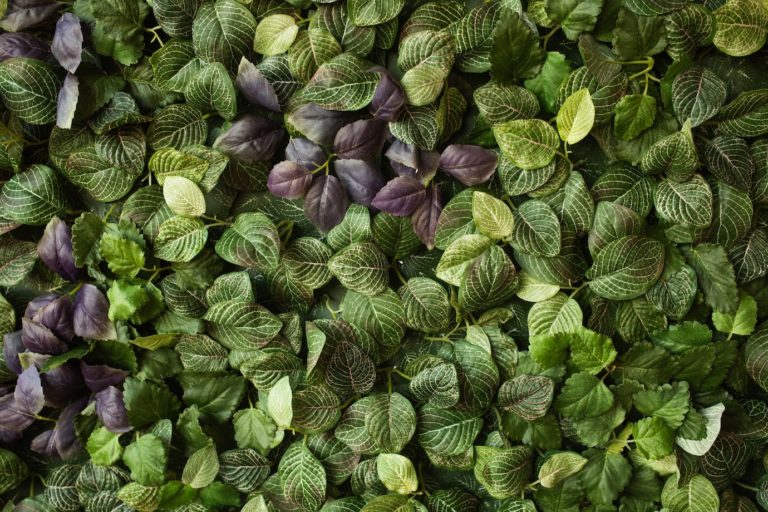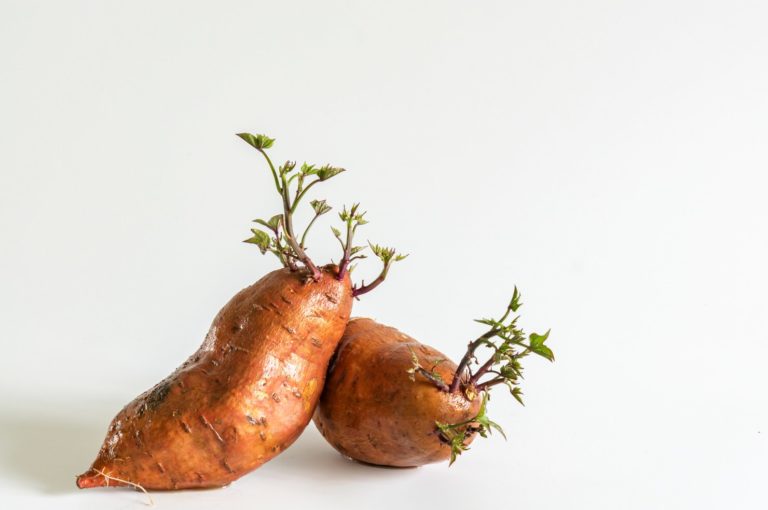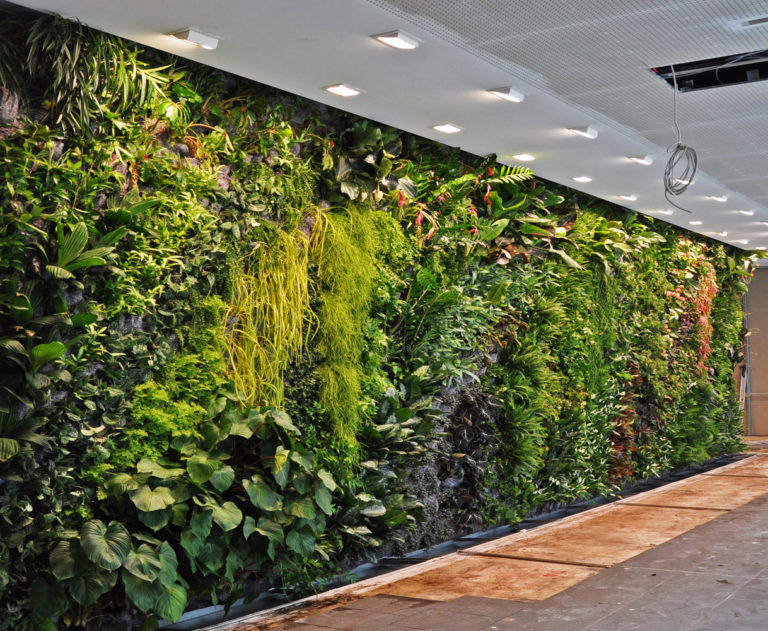The Ultimate Guide to Companion Planting for Vegetable Gardens
Companion planting is a great way to improve your vegetable garden’s health naturally. By planting specific plants together, you can create a beneficial relationship that will help keep your plants healthy and happy!
In this guide, we will discuss the benefits of companion planting, as well as some of the best combinations for vegetable gardens.
The Benefits of Companion Planting
Companion planting has many benefits that can be extremely helpful for vegetable gardens.
For example, companion planting can:
- Attract beneficial insects: By planting certain flowers and herbs near your vegetables, you can attract predators that will help to keep harmful pests at bay.
- Deter unwanted guests: Some plants release chemicals that deter certain pests, so planting these plants near your vegetables can help keep them safe from damage.
- Improve nutrient availability: Certain plants have deep roots that help to aerate the soil and make nutrients more available to other plants, which can be a great way to boost your vegetables!
- Provide physical support: Some vegetables, like tomato plants and cucumbers, need support as they grow. Companion plants can provide this support, saving you from having to build a trellis or cage yourself.
Best Companion Planting Combinations for Vegetables
Now that we’ve discussed the benefits of companion planting, let’s take a look at some of the best combinations for vegetable gardens:
PRO TIP
Planting lettuce next to tall crops like corn can provide some shading and help to keep the soil moist. Beans are another good companion for lettuce, as they help to fix nitrogen in the soil. They can be extremely good for companion planting.
Beans and Cucumbers
Beans and cucumbers are a great combination to plant together, as they can help to support each other as they grow. The beans will climb up the cucumber plants, providing them with additional support, while the cucumbers will provide shade for the beans and help to keep the soil moist.
Beans and Squash
The two plants can provide complementary benefits to each other. For example, beans can help increase the soil’s nitrogen content, which is beneficial for squash plants. In return, the large leaves of squash plants can provide shade and support for beans.
Tomatoes and Basil
Tomatoes and basil are other great combinations to plant together. The basil will help to repel insects that might damage the tomatoes, while the tomatoes will provide shade for the basil and help to keep the soil moist.
Carrots and Radishes
Carrots and radishes are a great combination to plant together, as they can help to support each other as they grow. The radishes will help to loosen the soil around the carrots, making it easier for them to grow, while the carrots will provide shade for the radishes and help to keep the soil moist.
Lettuce and Cabbage
Lettuce and cabbage are a great combination to plant together, as they can help to support each other as they grow. The lettuce will provide shade for the cabbage and help to keep the soil moist, while the cabbage will provide nutrients for the lettuce.
Squash and Corn
Squash and corn are a great combination to plant together, as they can help to support each other as they grow. The squash will climb up the corn plants, providing them with additional support, while the corn will provide shade for the squash and help to keep the soil moist.
What must you avoid when companion planting?
When planning your garden, it is crucial to consider the needs of different plants. Some plants require more sunlight or water than others, and some cannot tolerate the presence of certain chemicals. Companion planting is a technique that takes advantage of these differences to create a more efficient and productive garden.
First, make sure that you do not plant two species that are known to compete for the same resources.
Second, avoid placing plants susceptible to pests next to those known to attract them. By taking these precautions, you can ensure that your garden will be healthy and thriving.
Plants You should avoid planting together:
- Cabbage with tomatoes, as they are both susceptible to the same pests and diseases.
- Beans with onions. They can compete for the same nutrients in the soil.
- Corn with tomatoes, as they will shade each other and reduce yields.
- Potatoes with tomatoes. They can spread a disease called early blight.
- Eggplant with peppers, as they can cross-pollinate and produce hybrid plants.
Why Nitrogen Is Important for Plant Growth
Nitrogen is an essential nutrient for all plants, helping them to create chlorophyll, grow strong roots, and produce vibrant flowers and fruits.
Unfortunately, nitrogen in the soil is also a volatile element that can quickly escape if not managed correctly. That’s where companion planting comes in.
How Companion Planting Can Help Increase Nitrogen Levels in the Soil
When executed correctly, companion planting can help increase nitrogen levels in the soil by:
- Providing shade that helps reduce evaporation
- Introducing new nitrogen-fixing bacteria to the soil
- Returning fallen leaves and other organic matter back to the soil
- Acting as a living mulch that helps reduce weeds
These things work together to create ideal conditions for nitrogen retention and absorption. As a result, crops grown in nitrogen-rich soils are typically more vigorous and productive.
How to fix the nitrogen level of soil?
The soil’s nitrogen levels can be replenished by growing nitrogen-fixing plants, such as legumes or beans, next to other plants. The legumes will take up nitrogen from the air and deposit it into the soil, where it will be available for other plants to use.
In addition, companion planting can also help to reduce the amount of nitrogen lost through leaching by growing plants with deep roots, such as trees, next to shallow-rooted plants.
Garden Pests to Watch Out for When Companion Planting
One such pest is the cucumber beetle. This bug feeds on cucumber, squash, and melon plants. The best way to control cucumber beetles is to trap them with yellow sticky traps or to hand-pick them off of plants.
Another common pest is the tomato hornworm, which feeds on tomatoes, potatoes, and peppers. Tomato hornworms can be controlled by using Bacillus thuringiensis (BT) or by hand-picking them off of plants.
Cabbage moths
Cabbage moths can be a real problem in companion gardens. The moths lay their eggs on the cabbage leaves, and the larvae hatch out and start eating the leaves. This can seriously damage the cabbage plants, and it can also make the cabbage unappetizing to eat. There are a few things that you can do to try to control cabbage moths in your garden.
First, you can plant supplementary plants that will attract predators of the moths, such as ladybugs and lacewings. You can also try using traps, such as pheromone traps, to catch the moths before they can lay their eggs. Finally, you can use row covers to exclude the moths from your cabbage plants physically.
Aphids
Aphids are small, wingless insects that can be found in various colors, including green, black, brown, and red. Aphids feed on plant sap and are particularly fond of young leaves and shoots. While a few aphids won’t cause much damage, large infestations can weaken and kill plants. You can plant basil, chives, garlic, or onion to deter aphids. You can also attract ladybugs, which feed on aphids, by planting dill or fennel.

Cabbage Worms
Cabbage worms are the larvae of the cabbage butterfly. They vary in color but are typically green or yellow, with dark stripes running along their sides. Cabbage worms feed on the leaves of brassica plants, such as cabbage, broccoli, and Brussels sprouts.
Severe infestations can cause total leaf loss, which will reduce the yield of your crops. To deter cabbage worms, plant nasturtiums, or radishes. By planting dill or fennel, you can also attract parasitic wasps, which lay their eggs inside cabbage worms.
Slugs
Slugs are soft-bodied creatures that range in color from translucent white to dark brown or black. They leave behind a telltale slime trail as they travel and feed on a variety of vegetable and ornamental plants. Slugs particularly enjoy young leaves and seedlings.
To deter slugs, place boards or stones in your garden so they can act as primitive shelters during the day. You can also attract ducks by planting watercress; ducks love to eat slugs! While they usually don’t cause severe damage to established plants, they can decimate seedlings and young plants.
4 Insects That Are Good For Your Companion Plants
Ladybugs
Ladybugs are one of the most popular beneficial insects, and for a good reason! These little red-and-black bugs are voracious predators of aphids and other tiny pests that can damage your plants. One adult ladybug can eat up to 5,000 aphids in its lifetime! In addition to controlling pests, ladybugs also help to pollinate flowers.
Lacewings
Lacewings are delicate-looking insects with beautiful translucent wings. Like ladybugs, they are also voracious predators of aphids and other tiny pests. However, lacewings will also go after larger prey, including caterpillars and mites. In addition to controlling pests, lacewings also help to pollinate flowers.
Hoverflies
Hoverflies may look like bees, but they don’t have a stinger. These helpful insects are excellent pollinators and can also help to control aphid populations. One hoverfly larva can eat up to 60 aphids per day! The larvae hatch when hoverflies lay their eggs and immediately start feeding on aphids.
Earthworms
Earthworms may not be insects, but they’re beneficial! These wiggly creatures help to aerate and improve the drainage in your soil. They also add nutrients as they travel through your soil, eating organic matter.
This ” fragmentation ” process helps make nutrients more available to your plants. As a bonus, earthworms also help to control slugs and other soil-dwelling pests.
What Are Trap Crops and How Can They Benefit Your Companion Garden?
If you’re looking for a way to protect your companion garden from pests naturally, you may consider using trap crops. Trap crops are plants used to lure pests away from your main crop.
What Are Trap Crops?
Trap crops are plants used to lure pests away from your main crop. The most common type of trap crop is a decoy plant. Decoy plants are highly attractive to pests and often have a higher concentration of the pest’s preferred food source than the main crop.
For example, if you’re growing tomatoes, you may use a decoy plant such as nasturtiums to lure aphids away from your tomato plants.
Another type of trap crop is a barrier plant. Barrier plants are placed around the perimeter of your garden bed and act as a physical barrier to keep pests from getting to your main crop. Some common barrier plants include marigolds, lavender, and basil.

Companion plants to repel pests
Basil
Basil is an annual herb native to India and other tropical regions. The plant grows to a height of about 2 feet and has green leaves used in cooking. Basil also has a strong, pungent flavor that can be used to repel pests such as mosquitoes and flies.
Catnip
Catnip is a perennial herb that is native to Europe and Asia. The plant grows to about 3 feet and has green leaves and white flowers. Catnip contains nepetalactone, which repels pests such as cockroaches, ants, and mice.
Marigold
Marigold is an annual flower native to Mexico and other parts of Central America. The plant grows to a height of about 2 feet and has brightly colored flowers that come in shades of yellow, orange, and red. Marigolds contain a substance called pyrethrin, which is known to repel pests such as mosquitoes, flies, and ticks.
Peppermint
Peppermint is a perennial herb that is native to Europe and Asia. The plant grows to about 3 feet and has green leaves and white flowers. Peppermint contains a substance called menthol, which is known to repel pests such as ants, mice, and spiders.
Rosemary
Rosemary is a perennial herb that is native to the Mediterranean region. The plant grows to about 4 feet and has blue or purple flowers and evergreen leaves. Rosemary contains a substance called camphor, which repels pests such as mosquitoes, flies, and moths.
Garlic
Garlic is often used as a companion plant because it repels pests. When planted near other crops, garlic can help to deter pests such as aphids, slugs, and even rabbits. In addition, garlic planting can also help improve neighboring plants’ flavor.
While garlic itself may not be the most appealing crop, it can certainly offer many benefits to a garden.
Attracting pollinators in Companion Planting
One of the benefits of companion planting is that it can help attract pollinators, such as bees and butterflies. By planting flowers that are known to attract pollinators near vegetables or fruits, gardeners can encourage these creatures to visit their gardens more often. In turn, this can lead to higher yields of fruits and vegetables.
Additionally, some plants’ insecticide properties can also help protect other nearby plants from pests. Thus, companion planting is not only beneficial for attracting pollinators, but it can also help to create a more diverse and productive garden.
First, choose plants that are native to your area. Pollinators are more likely to be attracted to plants they’re familiar with. Secondly, ensure to provide a variety of blooming plants that will bloom at different times throughout the season.
This will give pollinators a consistent source of food. Finally, avoid using pesticides in your garden. Pesticides can harm pollinators, and they’ll be less likely to visit a garden treated with them.
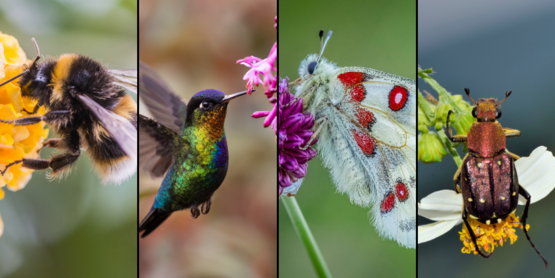
How to attract pollinators?
Flowers
One of the best ways to attract pollinators is to plant flowers. Flowers provide nectar and pollen, both essential food sources for pollinators. Additionally, flowers’ bright colors can help attract pollinators from long distances. Some of the best flowers for attracting pollinators include bee balm, cosmos, and lavender.
Herbs
Herbs are another great option for attracting pollinators. Like flowers, herbs provide nectar and pollen for pollinators. Herbs also tend to have intense aromas, which can help to attract pollinators from far away. Some of the best herbs for attracting pollinators include basil, mint, and oregano.
Conclusion
Companion planting is a great way to improve your vegetable garden’s health naturally. By planting specific plants together, you can create a beneficial relationship that will help keep your plants healthy and happy!


